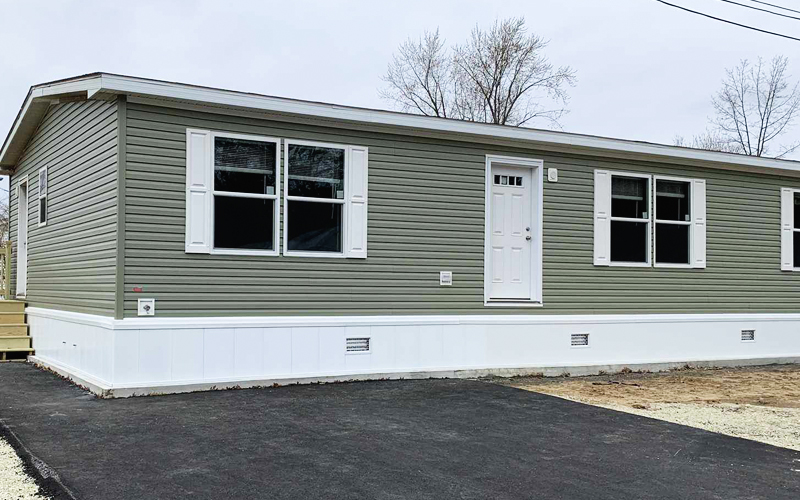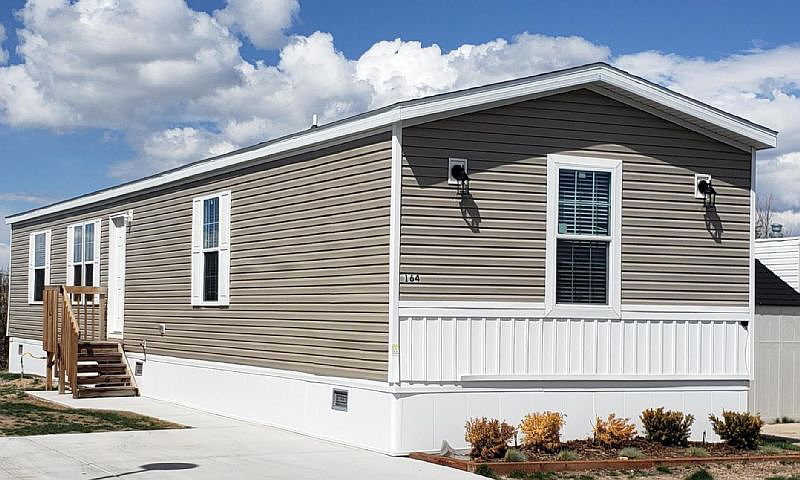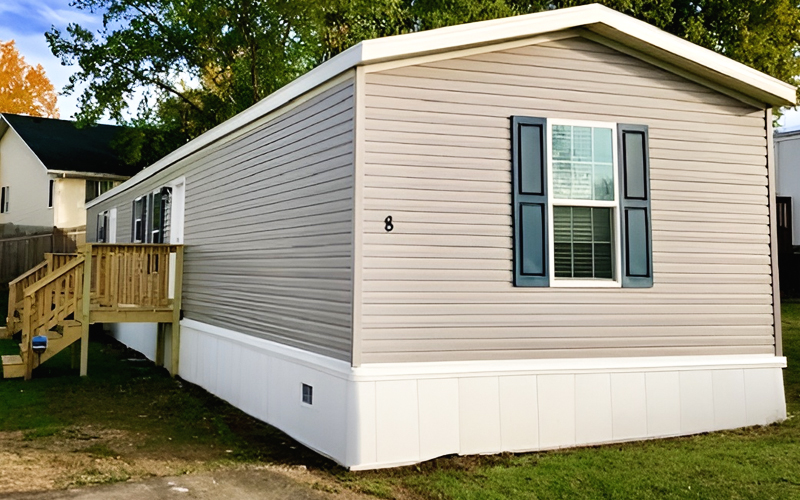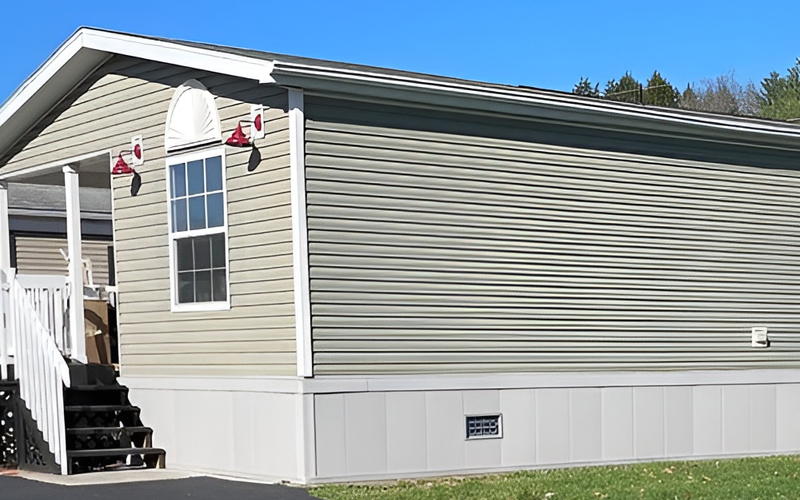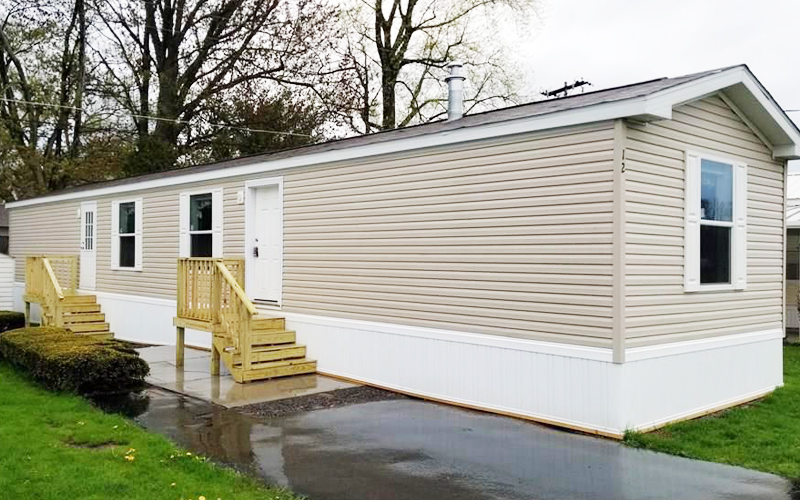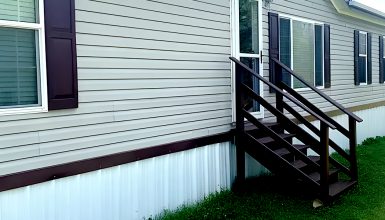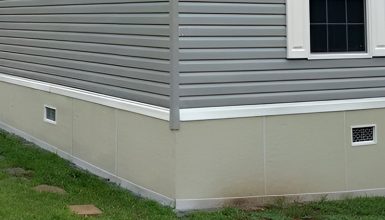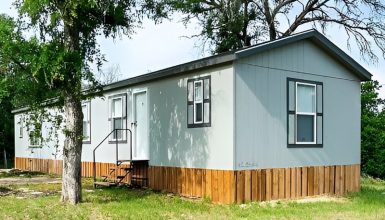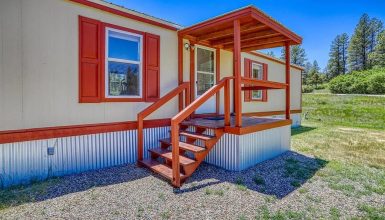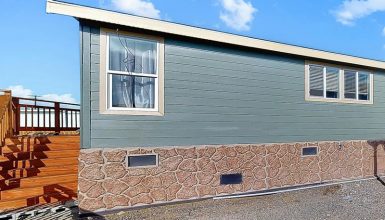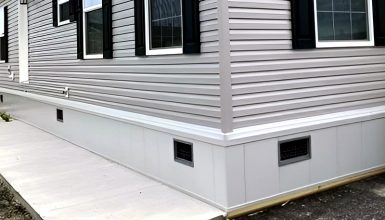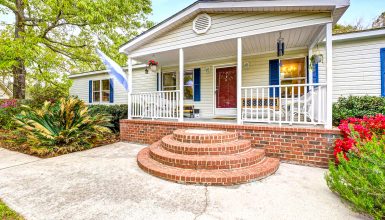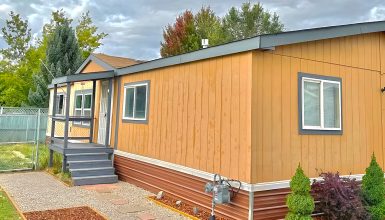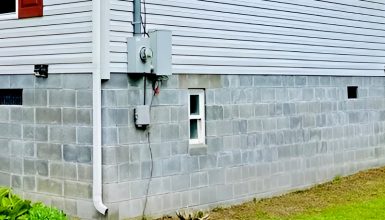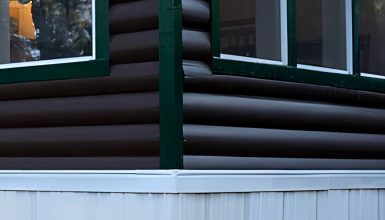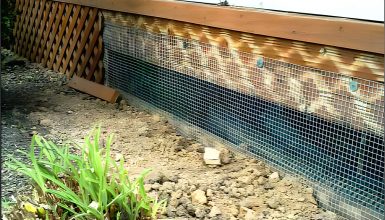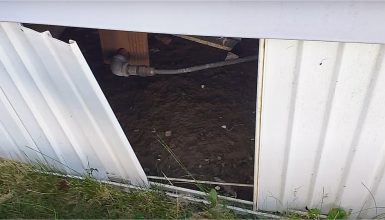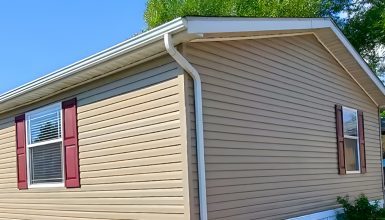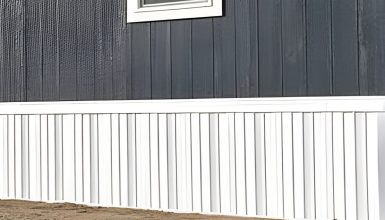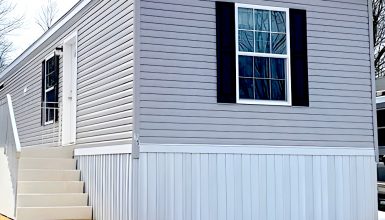Mobile home skirting is vital for protecting your home’s foundation, but it’s also a prime spot for heat loss, moisture buildup, and pests. That’s where skirting insulation comes in. It’s an easy and cost-effective way to improve your mobile home’s energy efficiency, reduce moisture buildup, and keep pests out.
Benefits of Mobile Home Skirting Insulation
Insulating your mobile home skirting can offer a range of advantages for you and your home. Here are some of the top benefits:
- Improved Energy Efficiency
One of the most significant benefits of insulating your mobile home skirting is improved energy efficiency. Insulation helps to prevent heat loss in the winter and heat gain in the summer, which means you can reduce your energy consumption and save on your energy bills.
- Increased Comfort
Insulation can also help to regulate the temperature inside your mobile home, making it more comfortable to live in year-round. With insulation, you’ll maintain a more consistent and comfortable indoor temperature, regardless of the outdoor conditions.
- Reduced Moisture Buildup
Skirting insulation can also help to reduce moisture buildup in your home. It is essential if you live in a humid climate or your mobile home is in an area with frequent rainfall. Moisture buildup can lead to mold and mildew growth, harming your health and home.
- Pest Control
Insulation can also help to keep pests such as rodents, insects, and snakes from entering your mobile home. The insulation creates a barrier that problems find challenging to penetrate, which means you can enjoy a pest-free home.
- Noise Reduction
Finally, skirting insulation can help to reduce noise from outside, making your mobile home quieter and more peaceful. It is crucial if you live in an urban area or near a busy road.
Types of Insulation for Mobile Home Skirting
There are three main types of insulation to choose from when it comes to mobile home skirting: foam board insulation, fiberglass insulation, and spray foam insulation.
- Foam board insulation
Foam board insulation is made from polystyrene or polyurethane. It comes in sheets that you can easily cut to size. It’s a popular choice for mobile home skirting insulation because it’s relatively easy to install, water-resistant, and provides good thermal insulation. However, foam board insulation can be more expensive than other types of insulation, and it may not be as effective at filling gaps or cracks.
- Fiberglass insulation
Fiberglass insulation is made from tiny glass fibers and comes in rolls or batts. It’s another popular choice for mobile home skirting insulation because it’s affordable and easy to install. It’s also very effective at reducing heat loss and can help improve your home’s energy efficiency. However, fiberglass insulation can irritate the skin and lungs, and it’s not as water-resistant as foam board insulation.
- Spray foam insulation
Spray foam insulation is a newer type applied as a liquid and expands to fill gaps and cracks. It’s an excellent choice for mobile home skirting because it provides excellent thermal insulation. And can help to prevent air leakage and moisture buildup. It is also very effective at reducing noise and can help to keep pests out. However, spray foam insulation can be more expensive than other insulation types and requires professional installation.
How to Install Insulation for Mobile Home Skirting
Ready to tackle a DIY project to make your mobile home more energy efficient and comfortable? Installing skirting insulation is a relatively simple process. Here are some steps to follow:
Step 1. Measure the Skirting
First, measure the length and height of each section of your mobile home skirting. It will help you to determine the amount of insulation you need.
Step 2. Choose the Right Insulation
Next, choose the right type of insulation for your home’s skirting material, climate, and budget. Foam board, fiberglass, and spray foam insulation are good options.
Step 3. Cut the Insulation
Use a utility knife or a saw to cut the insulation to the correct size. Wear protective gear such as gloves and safety glasses when cutting the insulation.
Step 4. Attach the Insulation
Use adhesive or tape to attach the insulation to the skirting. Make sure to cover the entire area and seal any gaps or cracks.
Step 5. Secure the Insulation
Use clips, screws, or nails to secure the insulation in place. Make sure to avoid damaging any pipes or wiring.
Factors to Consider
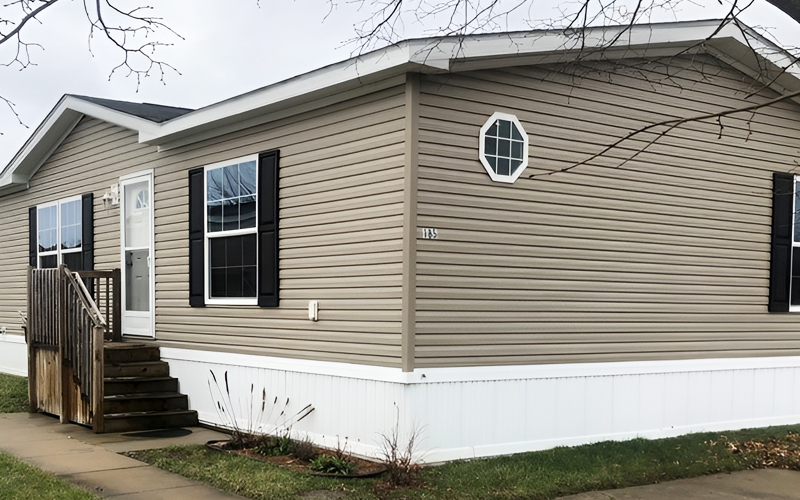
Before installing skirting insulation for your mobile home, there are a few factors to consider. Here are some of the factors to keep in mind:
- Climate and Weather Conditions
Your area’s climate and weather conditions can affect the insulation you need. If you live in a colder climate, you may need more insulation to keep your home warm. In hot weather, you may need insulation to keep your home cool. Additionally, areas with high humidity or frequent rainfall may require water-resistant insulation.
- Insulation Type and Thickness
The type and thickness of insulation you choose will depend on your budget, your home’s skirting material, and your climate. Foam board insulation is typically the most effective at reducing heat loss. In contrast, spray foam insulation can fill gaps and cracks more effectively. Fiberglass insulation is an affordable option that works well in most climates.
- Ensuring Proper Ventilation
It’s vital to ensure that your insulation doesn’t block vents or airflow around your mobile home. Proper ventilation is essential to maintaining good air quality and preventing mold growth. Make sure to choose insulation that allows for adequate ventilation and airflow.
- Professional Installation
While some types of insulation can be installed by yourself, others require professional installation. Spray foam insulation, for example, should only be installed by a professional to ensure proper and safe installation.
Maintenance
Proper maintenance and care are essential to ensure that your insulated mobile home skirting continues to provide the necessary benefits. Here are some tips for maintaining and caring for your skirting insulation:
- Inspect for Damage
Regularly inspect your skirting insulation for any signs of damage, such as tears, gaps, or holes. Damaged insulation can reduce effectiveness and allow pests, moisture, and air leaks into your home.
- Clean the Skirting
Keep your skirting clean by regularly removing any debris or dirt that may have accumulated. It will help keep pests away and reduce the risk of mold or mildew growth risk.
- Repair Damage
If you notice any damage to your insulation, make repairs as soon as possible to prevent further damage. Use the correct type of sealant or tape to repair any holes or gaps in the insulation.
- Check for Air Flow
Ensure your insulation does not block any vents or openings in your skirting. Proper airflow is vital for maintaining good air quality and preventing moisture buildup.
- Professional Inspection
Consider having a professional inspection of your skirting insulation every few years to ensure it still provides the necessary benefits. They can also check for damage and repair and recommend upgrades or replacements.
Mobile Home Skirting Insulation Cost
The cost of mobile home skirting insulation can vary depending on several factors. Some main factors that can affect the price include the type and thickness of insulation, the size of your skirting, and the installation method.
- Spray foam insulation is the most expensive option, costing an average of $2 to $3 per square foot.
- Foam board insulation is another costly option, costing an average of $1.50 to $3 per square foot.
- Fiberglass insulation is generally more affordable, with an average price of $0.50 to $1 per square foot.
The size of your skirting can also affect the cost of insulation. The larger your skirting, the more insulation you will need, which can increase the price. Additionally, the installation method can also affect the cost. DIY installation is generally more affordable, but professional installation can be more expensive.
Conclusion
In conclusion, insulating your mobile home skirting is a simple and effective way to make your home more comfortable, energy-efficient, and safe. By choosing the right insulation type and thickness, ensuring proper installation, and maintaining your insulation over time, you can enjoy a range of benefits for you and your home. Thank you for reading!

